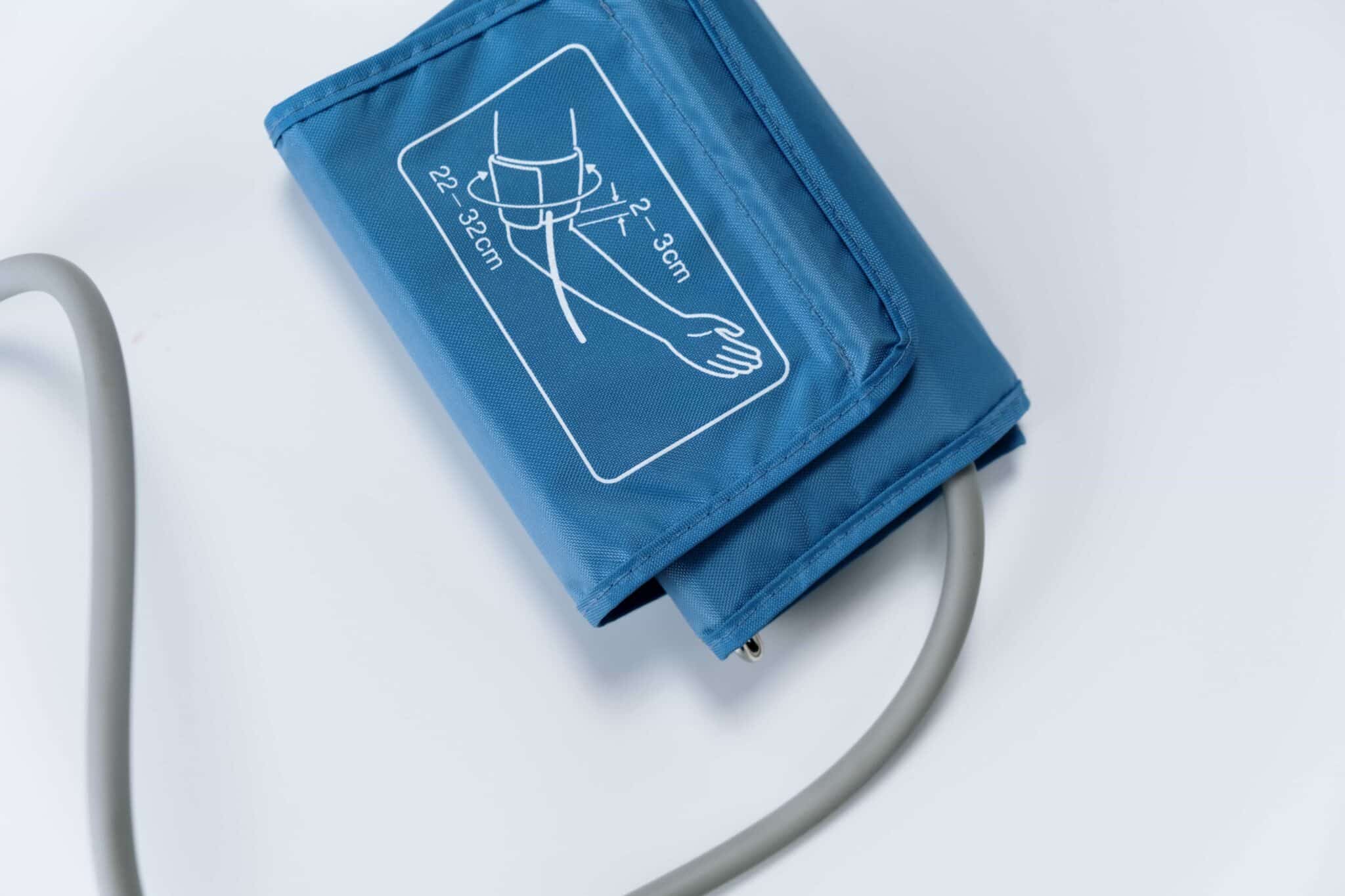Lifestyle Changes to Make That Can Lower Your Blood Pressure
A lot of people are suffering from high blood pressure. It is one of the most common health concerns for Americans. The good news is that you can do something about it. This post will go over five lifestyle changes you can make to reduce your blood pressure by as much as 15 points. Therefore, taking you from “high” blood pressure to “normal” blood pressure.
1. Eat Less Sodium
Sodium is the main component of table salt, but it’s also found in many foods we eat every day — including slices of bread, pasta sauces, and other processed foods. Furthermore, sodium also occurs naturally in some foods, such as celery and seaweed.
Sodium increases fluid retention in the body, which causes your body to swell up with extra liquid. This increased fluid adds stress to your heart because it has to work harder to pump blood through a swollen vascular system. The more fluid there is in your vascular system, the higher your blood pressure will be over time.
Eating less sodium is one of the easiest lifestyle changes you can make to lower your blood pressure. The recommended daily limit is 2,300 milligrams (mg) daily.
The good news is that reducing your salt intake doesn’t mean you have to give up all your favorite foods. You just need to be more aware of how much salt you’re eating and cut back gradually on the amount of sodium in your diet.
2. Quit Smoking
When you inhale tobacco smoke, nicotine reaches your brain within 10 seconds. It acts on nerve receptors that trigger the release of adrenaline, which stimulates your heart rate and constricts blood vessels in the body. That increases blood pressure.
Smoking also causes blood vessels to narrow, which raises your blood pressure. As a result, increasing resistance to blood flow through your arteries. Nicotine constricts the tiny blood vessels in your body. This makes it harder for your heart to pump enough blood to supply all of your organs with oxygen-rich blood. If you have high cholesterol or diabetes, smoking can accelerate atherosclerosis (hardening of the arteries). Asa a result, by causing plaque build-up in your coronary arteries and carotid arteries that supply blood to your brain.
If you quit smoking within two weeks, carbon monoxide levels in your body will drop from an average of 10 ppm (parts per million) down to 5 ppm or less — a significant drop that can bring down your systolic blood pressure by five points or more.
3. Quit Drinking
It’s no secret that alcohol can increase blood pressure. If you’re a regular drinker, cutting back can help lower your blood pressure by about 10 points. Alcohol can raise blood pressure by increasing the amount of sodium and water in your body, which raises its volume. Alcohol also acts as a diuretic, causing you to lose more fluid through urination. This combination of effects contributes to higher blood pressure readings.
If you’re not used to drinking much alcohol, quitting alcohol may have little effect on your blood pressure. However, if you’re accustomed to having more than one drink a day or if you have high blood pressure, quitting could make a significant difference in lowering your blood pressure.
4. Lose Weight
Being overweight or obese can cause high blood pressure in some people. Excess body fat around the waist is particularly dangerous for your heart and health. Thus, it creates what doctors call visceral fat, which surrounds internal organs and has been linked to heart disease. Visceral fat causes inflammation in the body and makes it more difficult for insulin to work properly — both of which raise your risk for diabetes and high blood pressure.
If you’re overweight or obese, losing just 5% to 10% of your current weight can reduce your blood pressure by several points. If you’re severely obese (100 pounds overweight), losing 20 pounds may be all it takes to lower your blood pressure significantly.
5. Exercise Regularly
Physical activity has been shown to lower blood pressure and reduce the risk of heart disease, stroke, diabetes, and some cancers. There are many types of physical activity you can do to improve your health. The benefits vary based on the activity, intensity, and duration. As little as 10 minutes a day can make a difference in your health.
Regular exercise helps keep your heart healthy by strengthening muscles and improving how efficiently your heart works. It also keeps weight in check and reduces stress levels, all of which can contribute to lower blood pressure when combined with other lifestyle changes.
While many factors can lead to high blood pressure, it is good to know that making lifestyle changes can help control it. Your diet and exercise are two very important items in a treatment plan for hypertension or high blood pressure. The next time you speak with your doctor about this, remember these five lifestyle changes to make that can lower your blood pressure.







